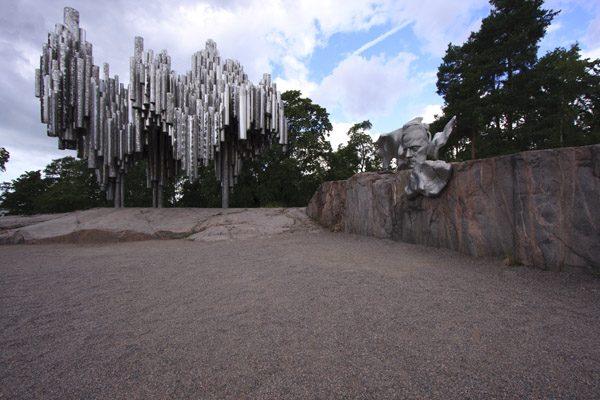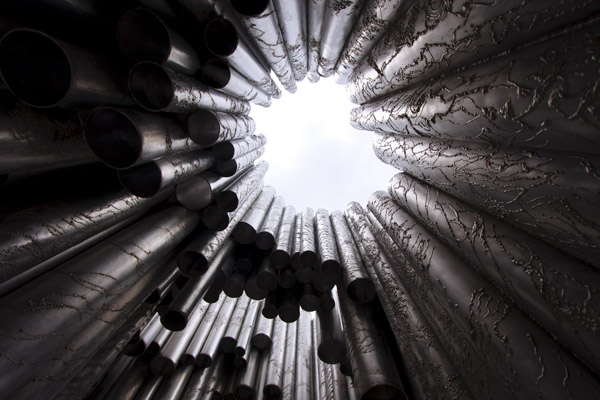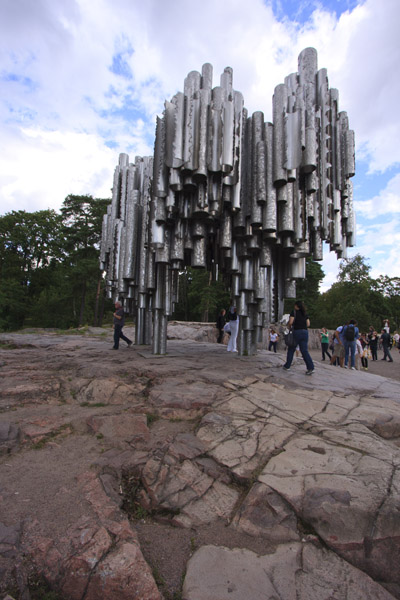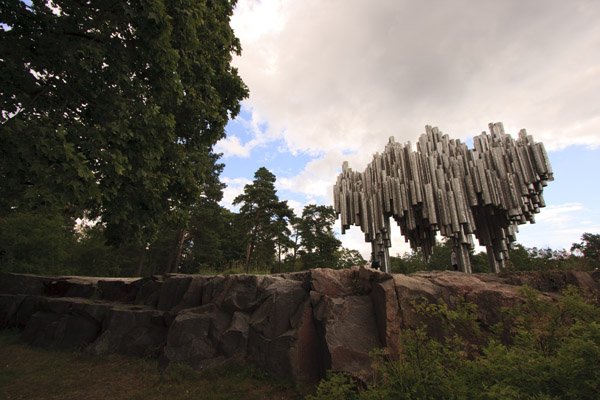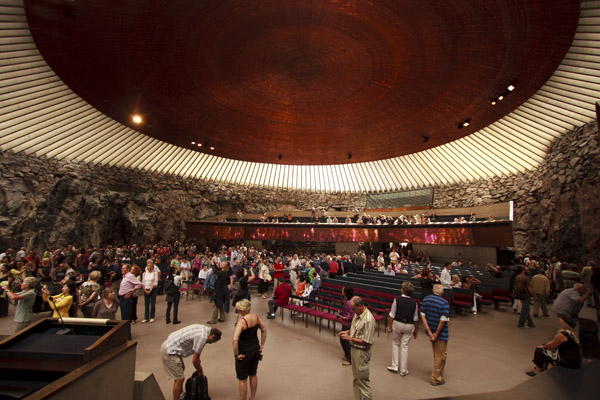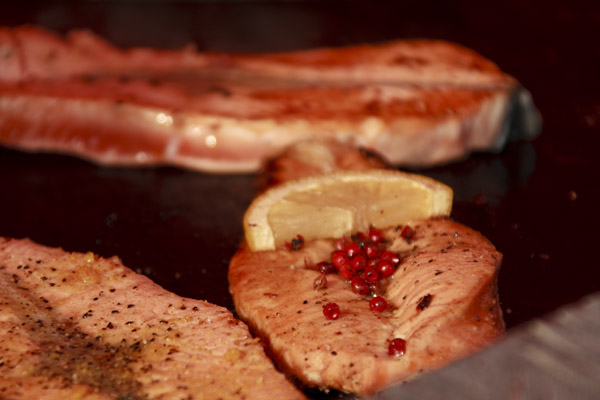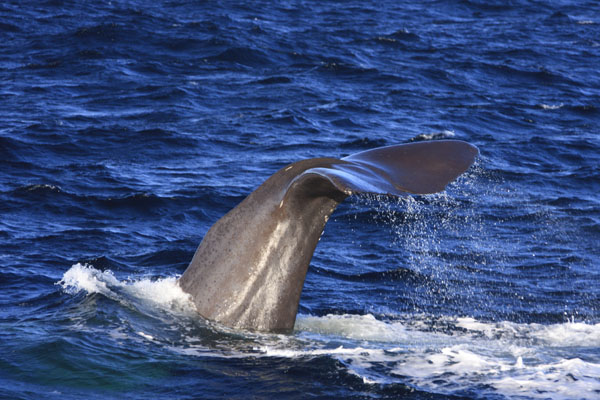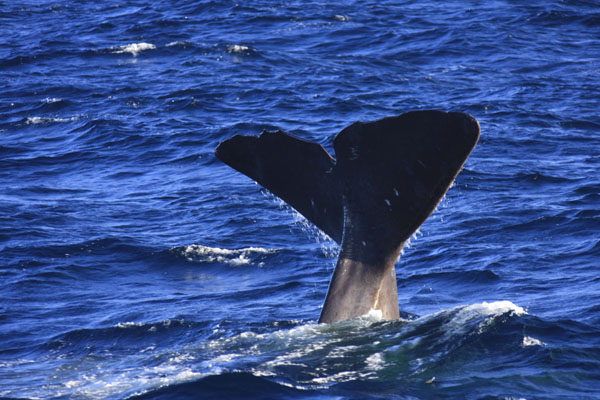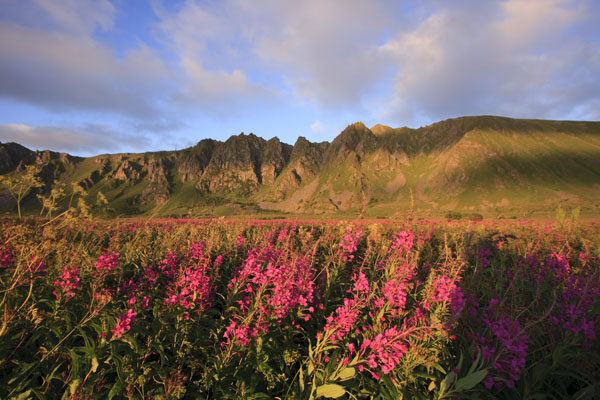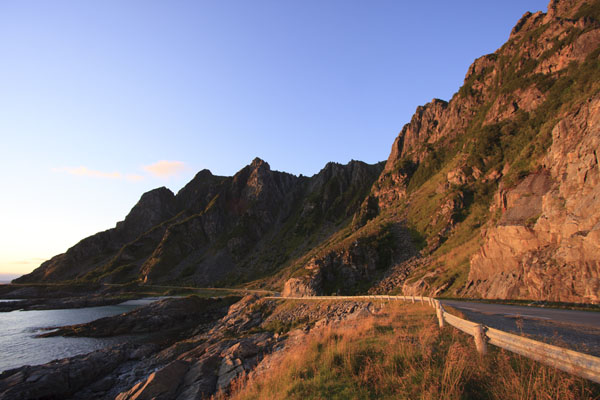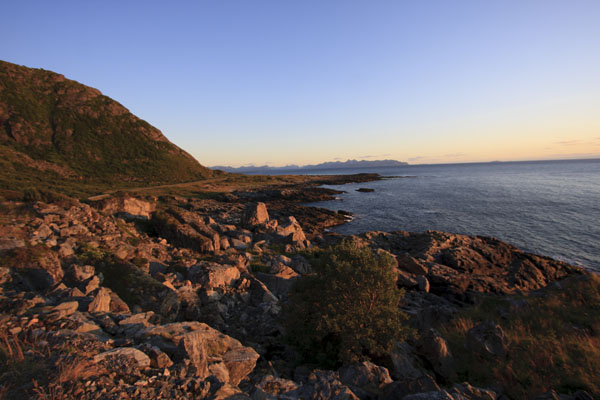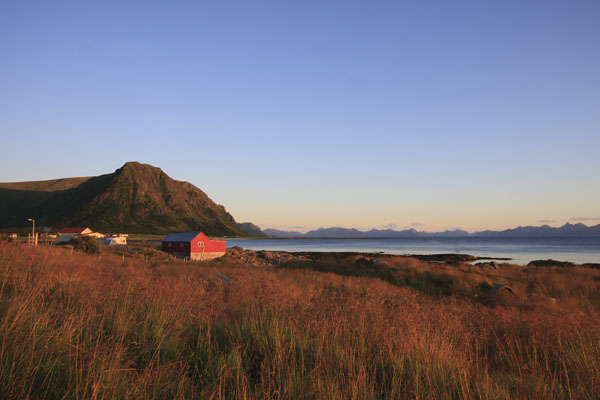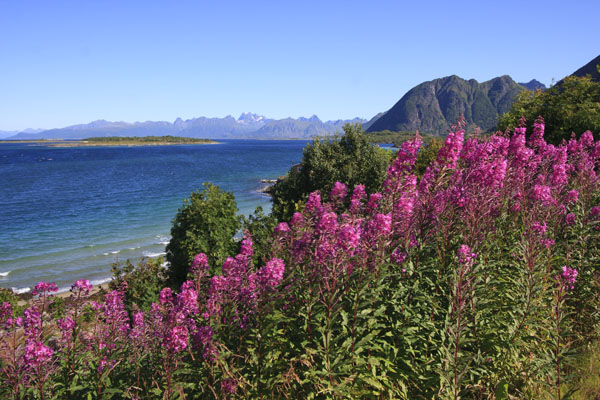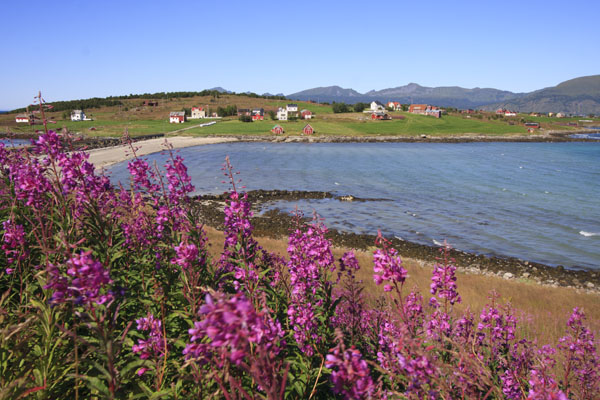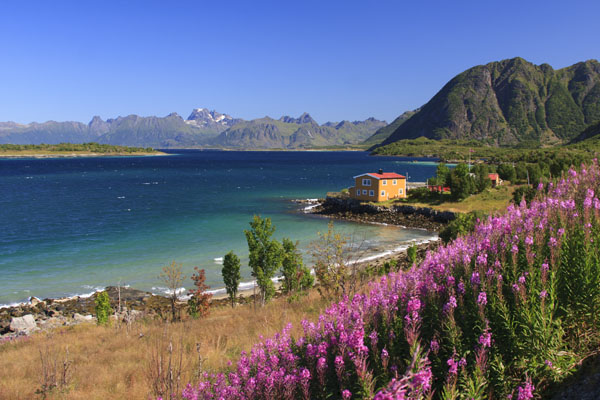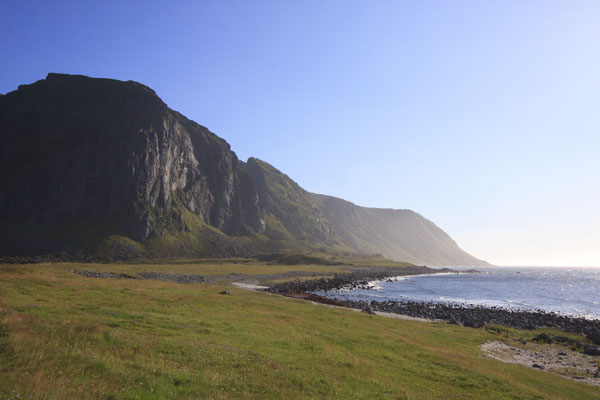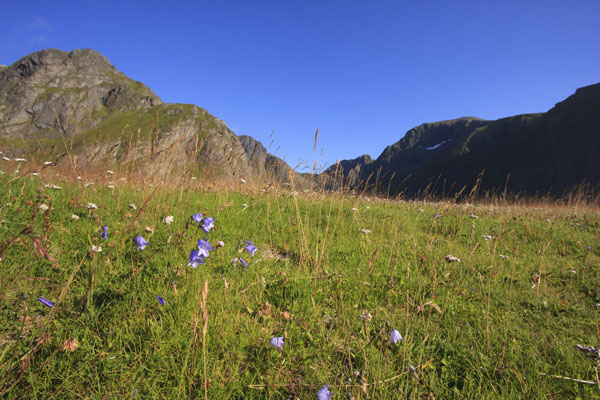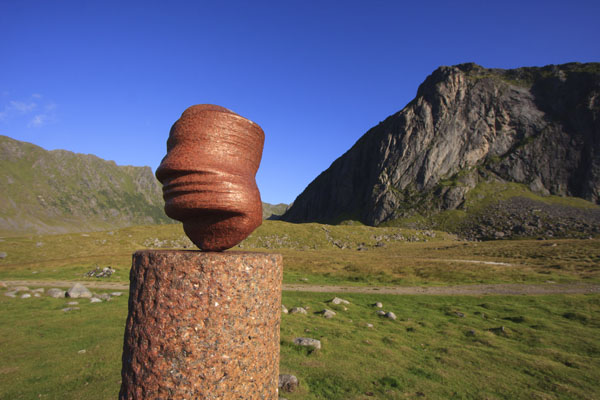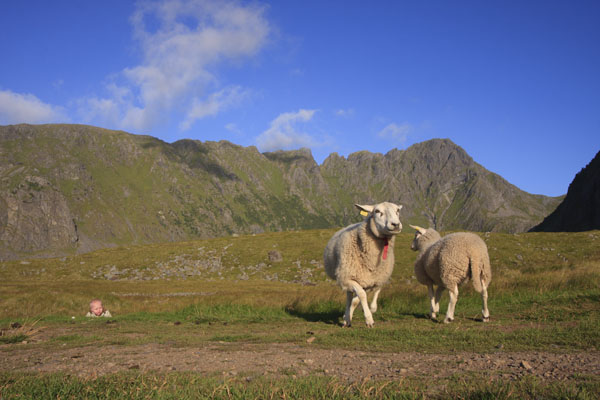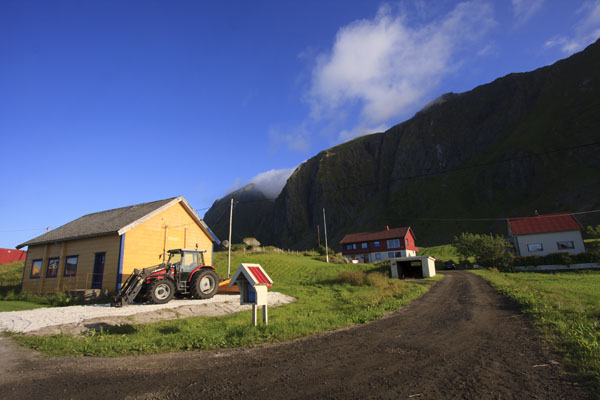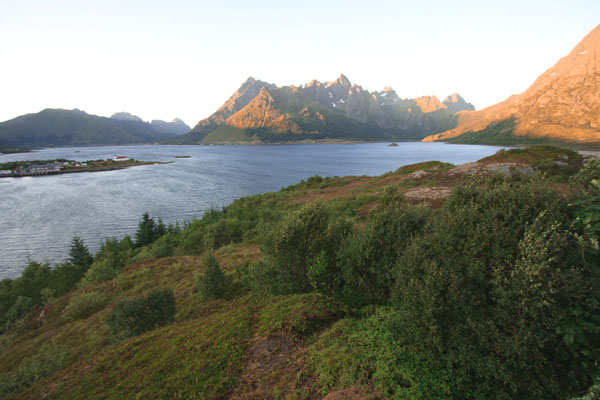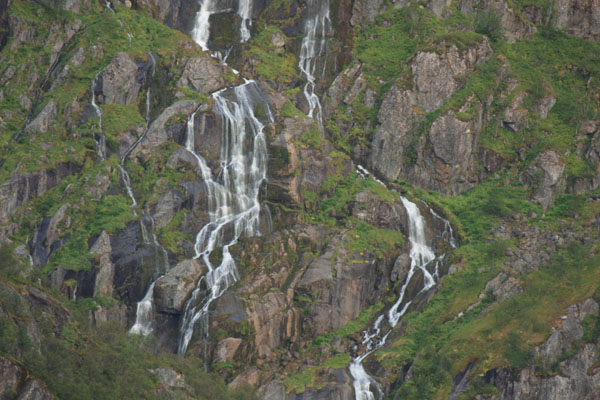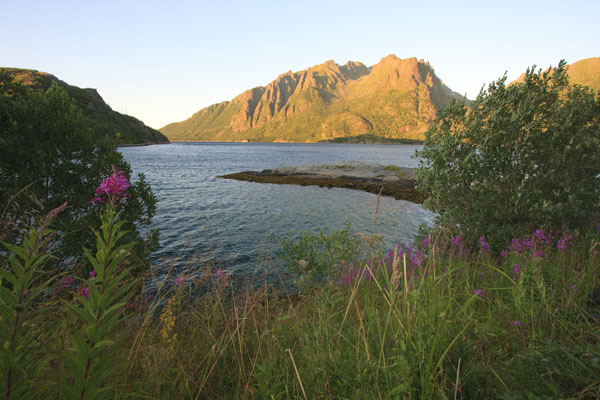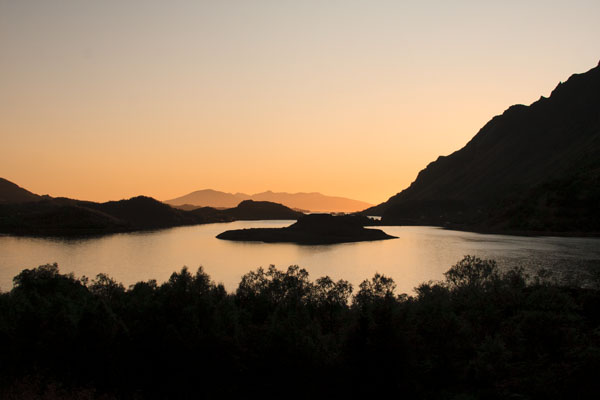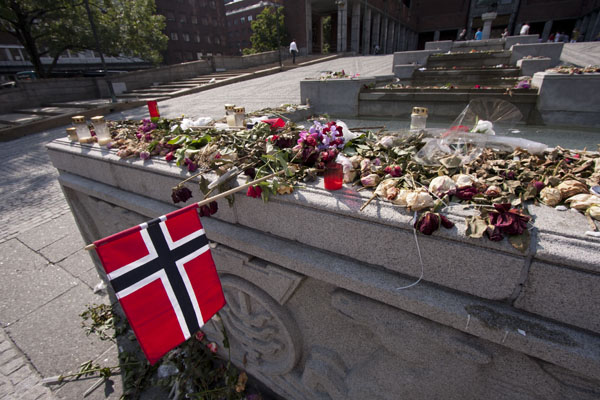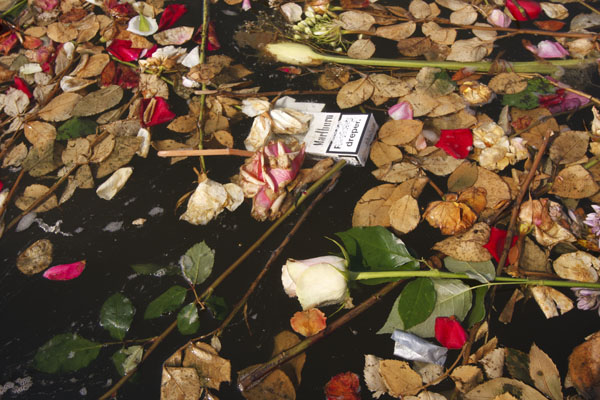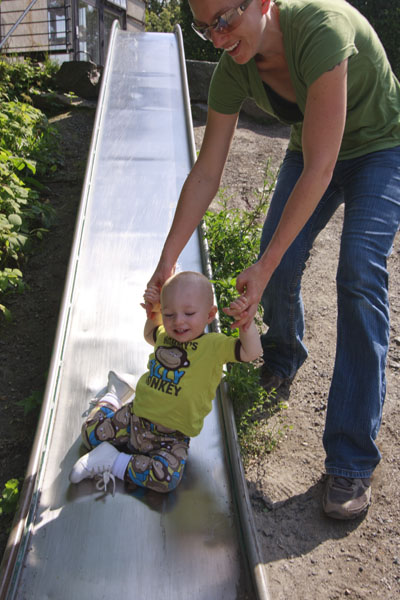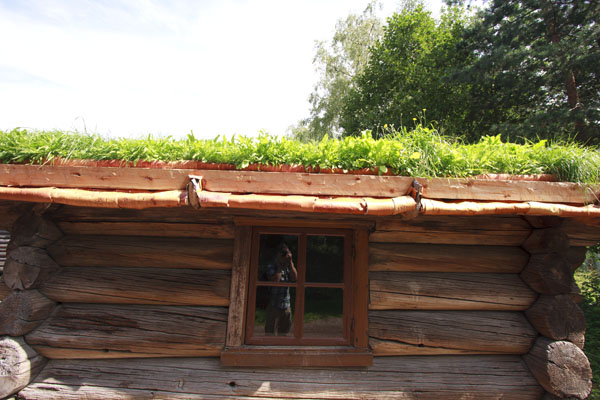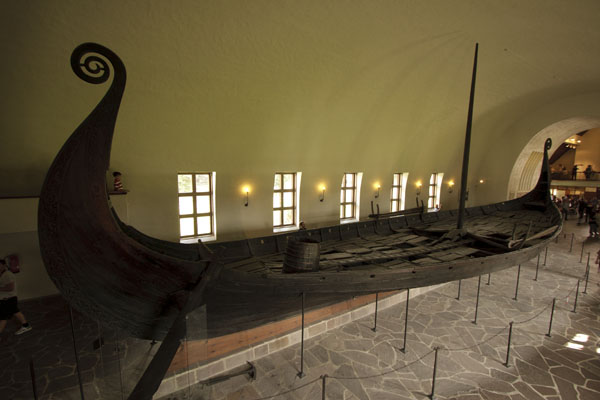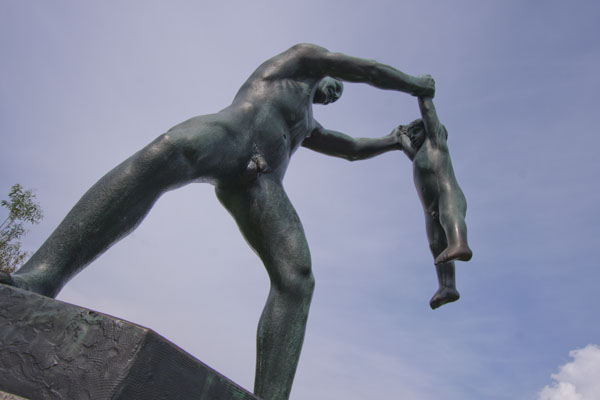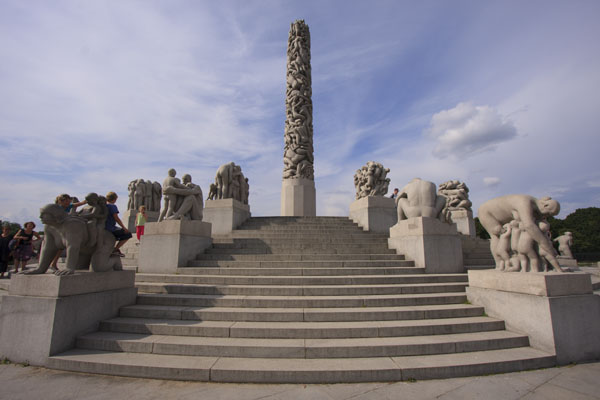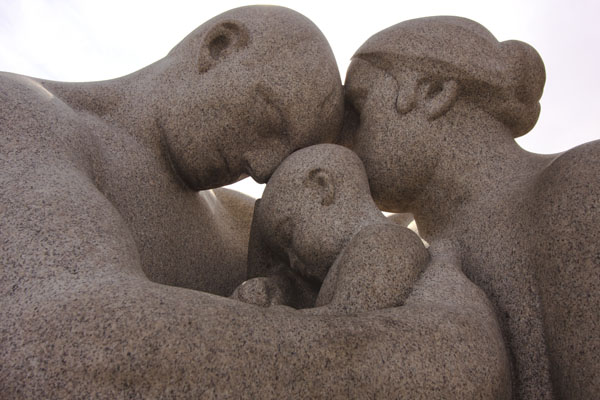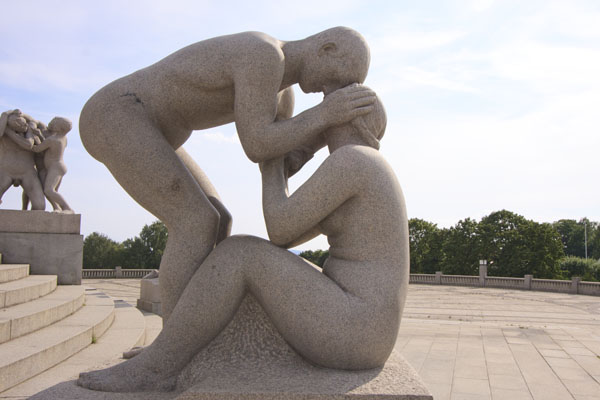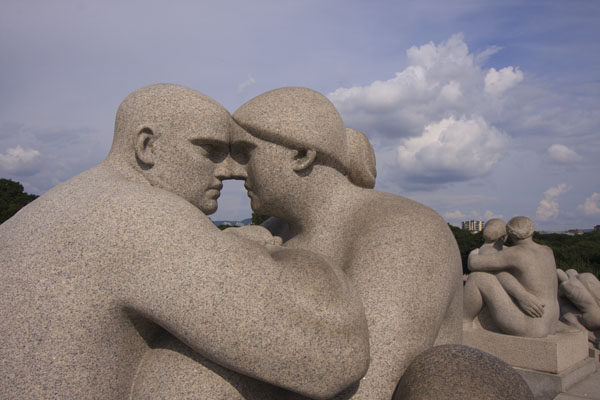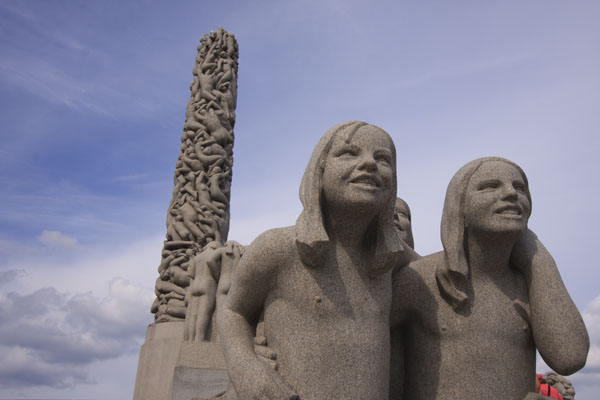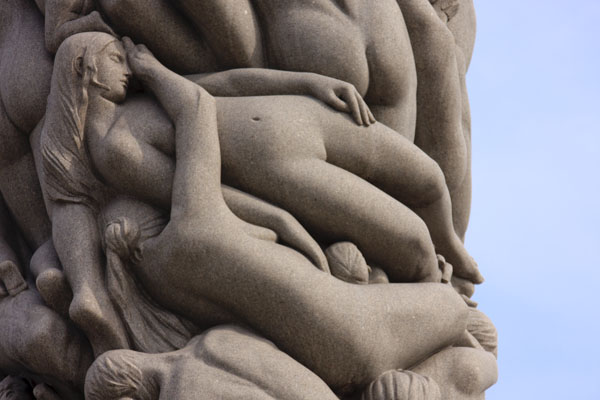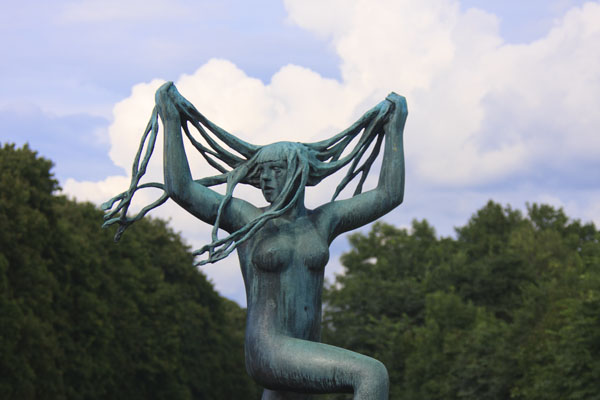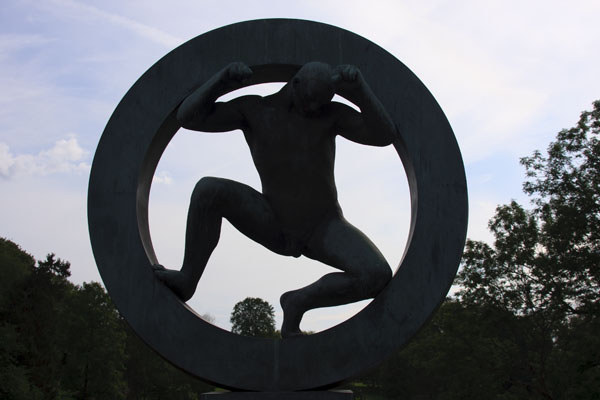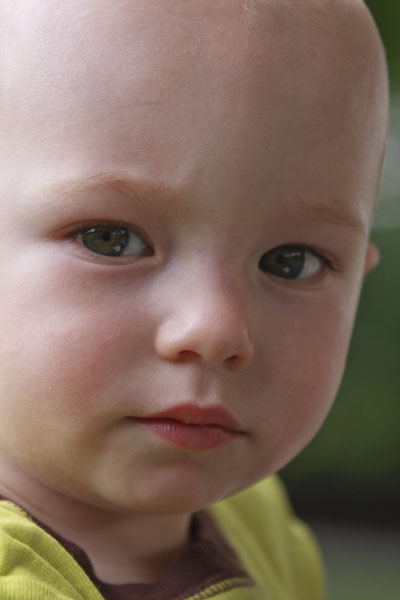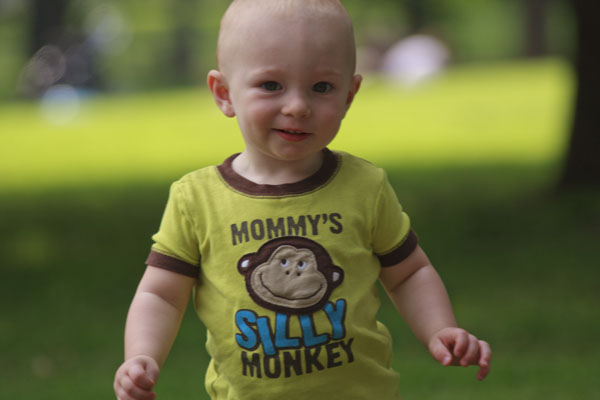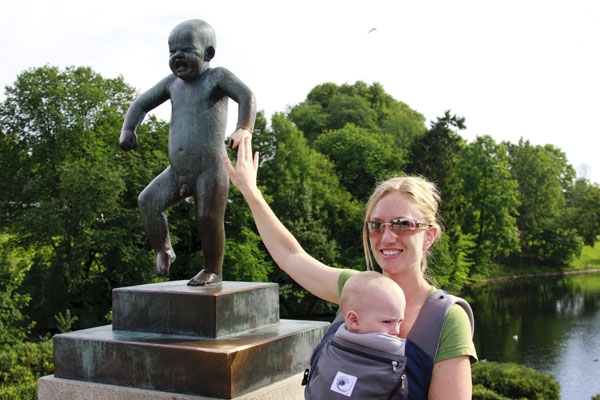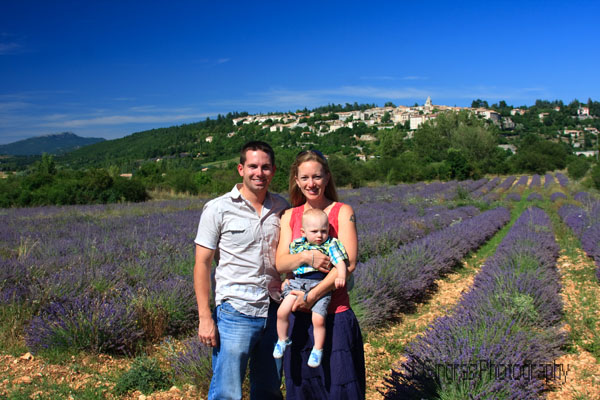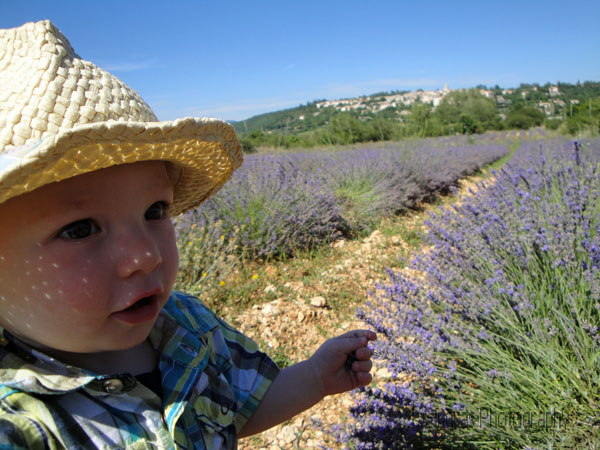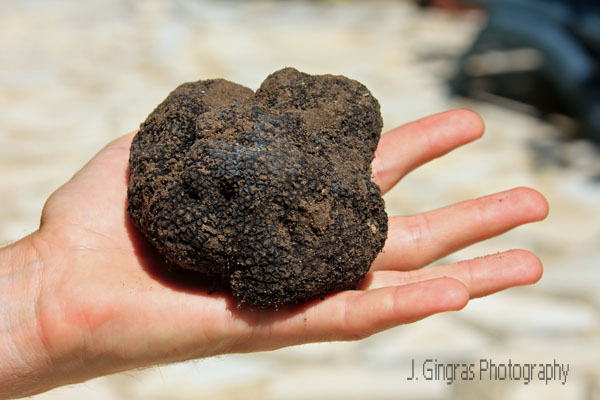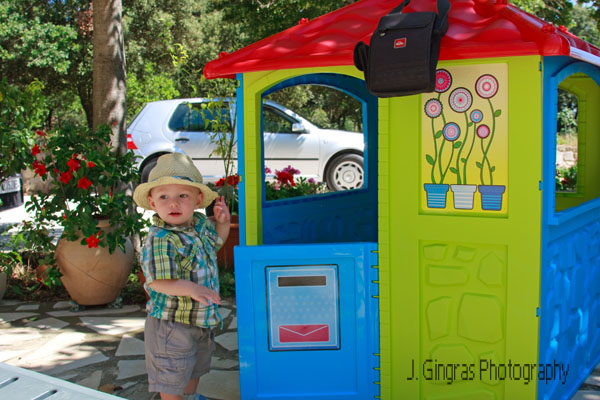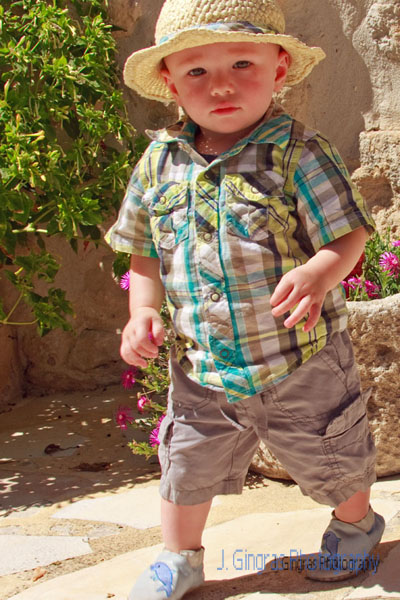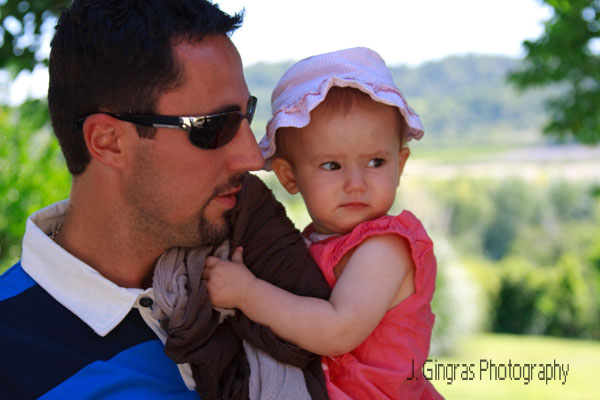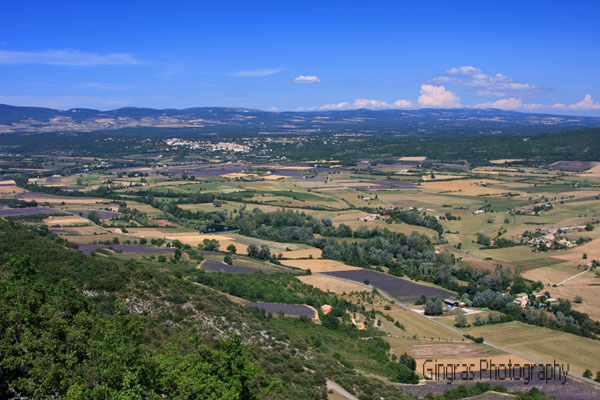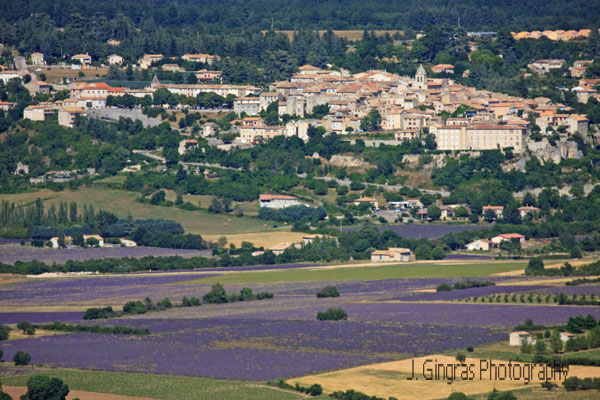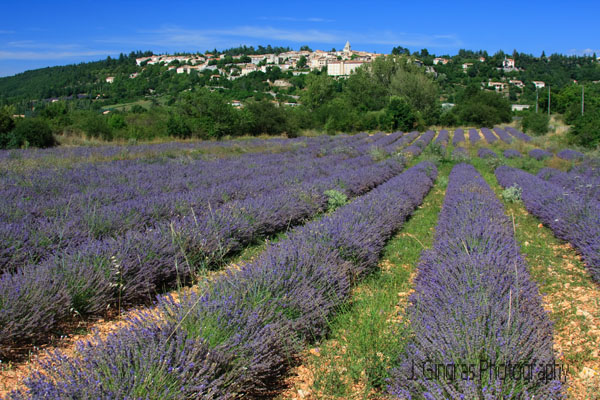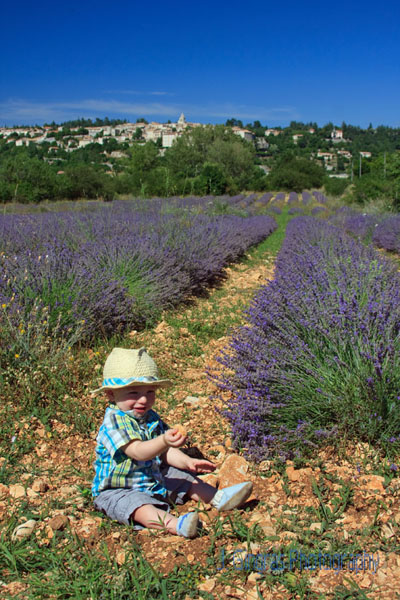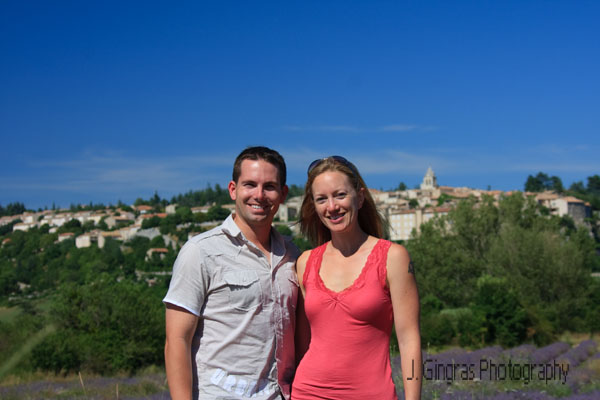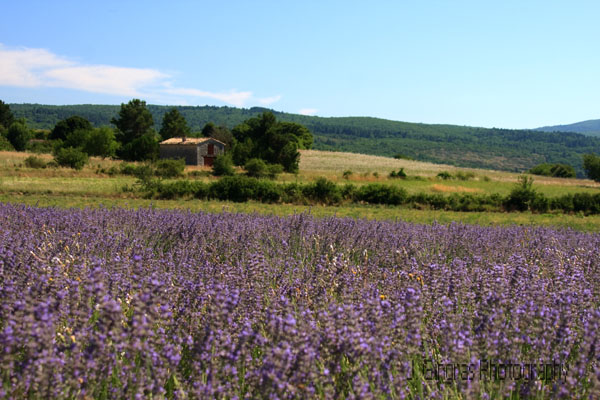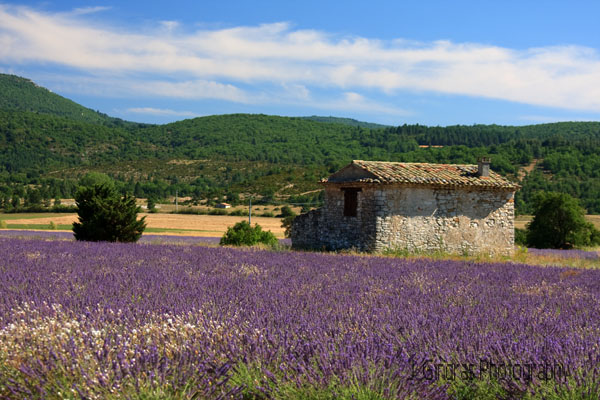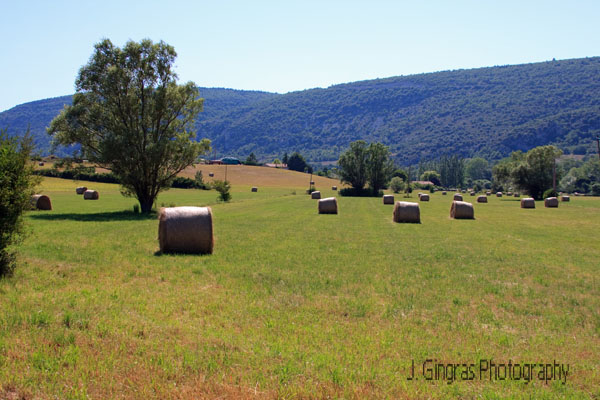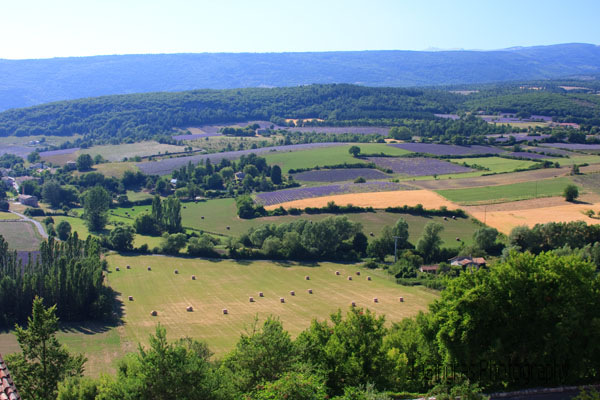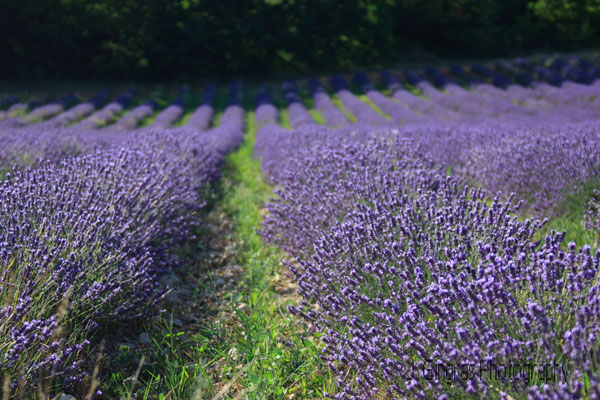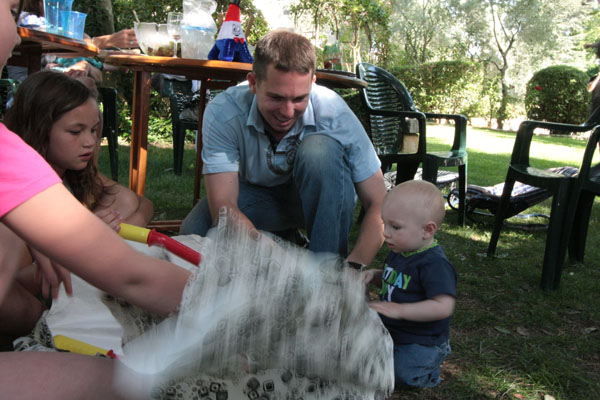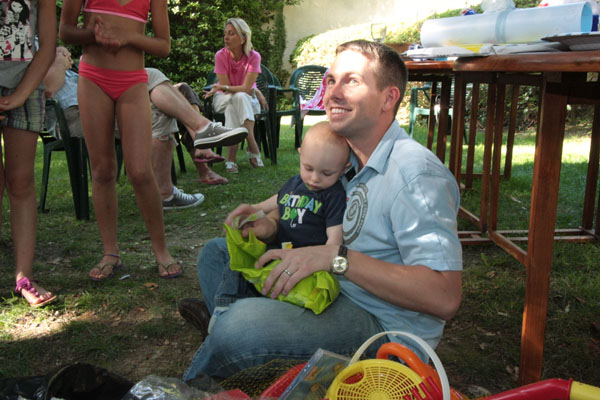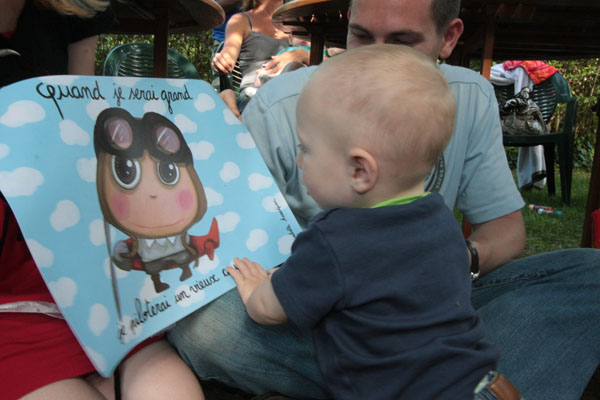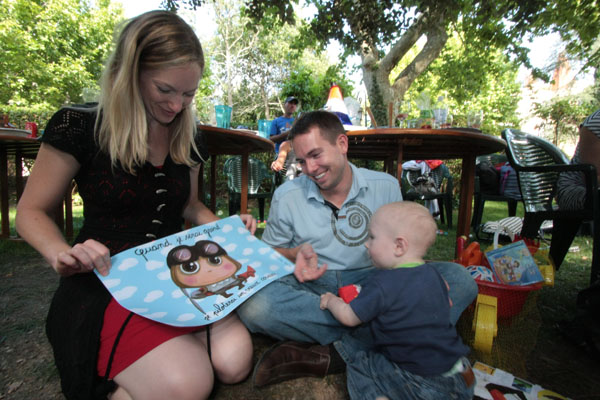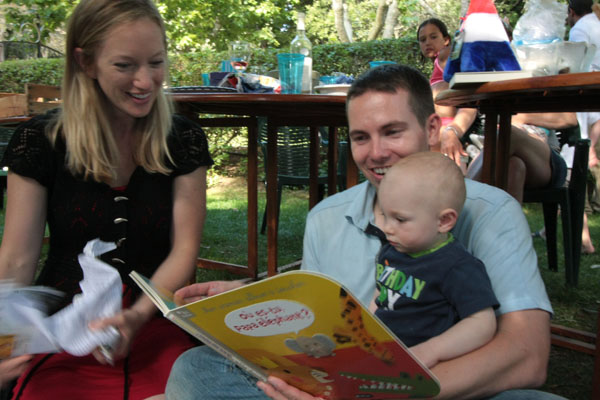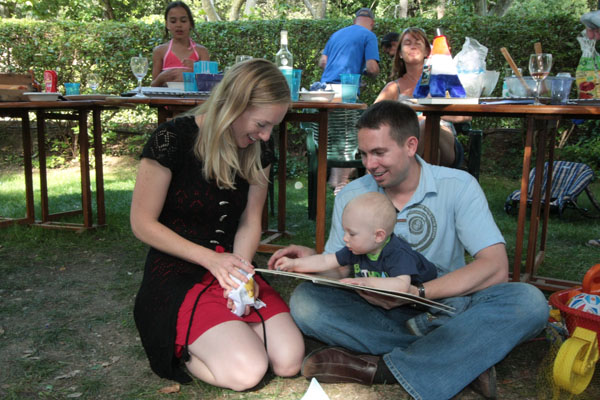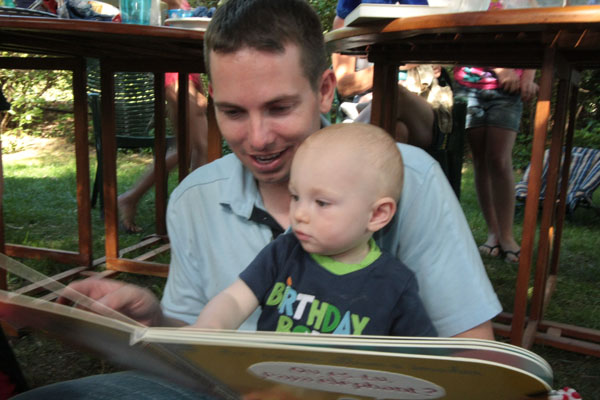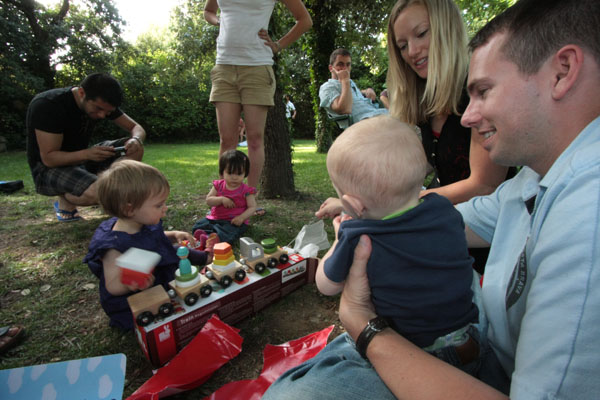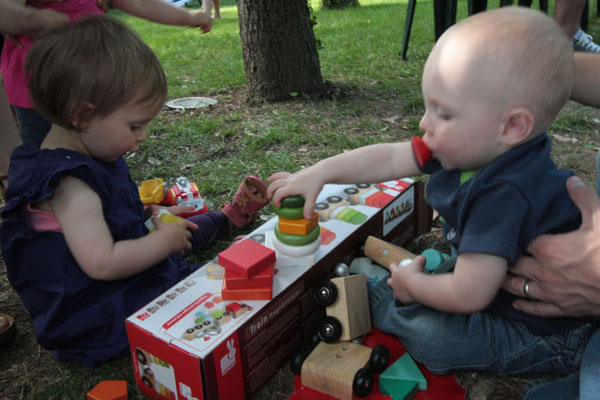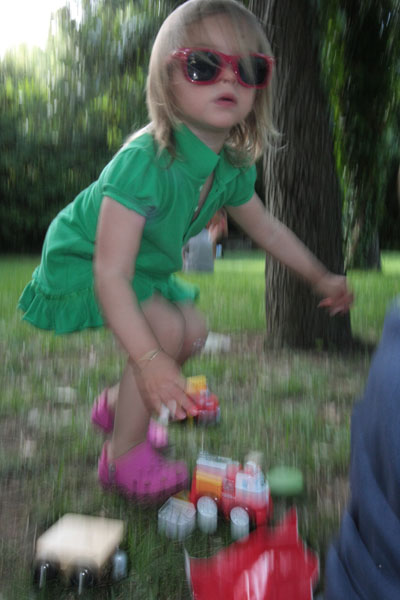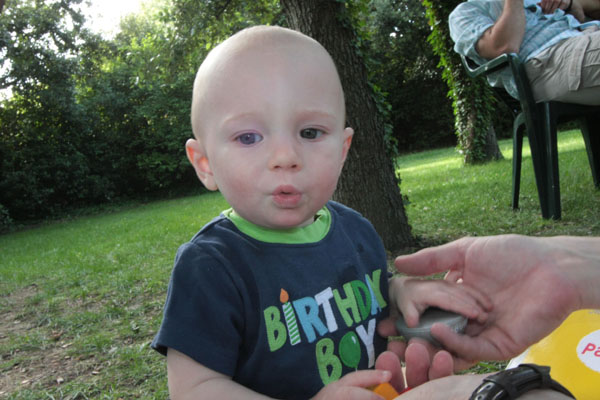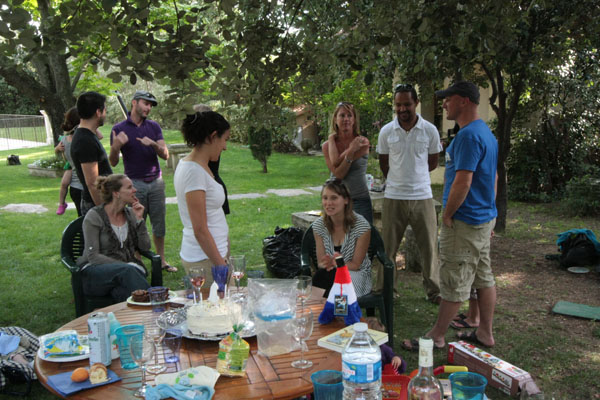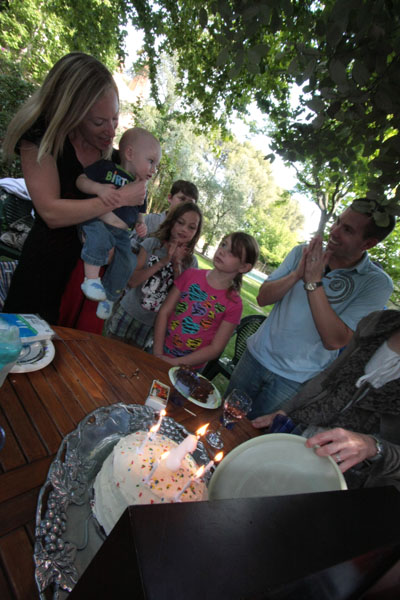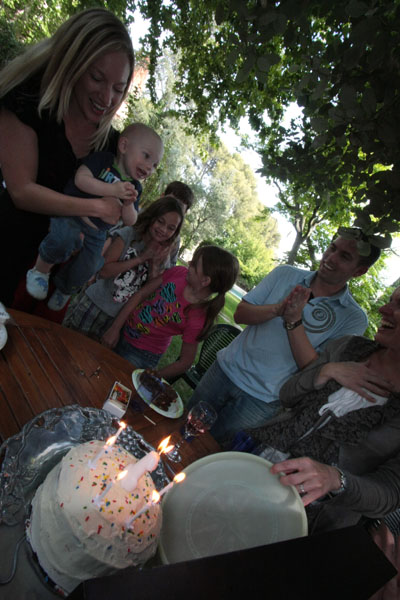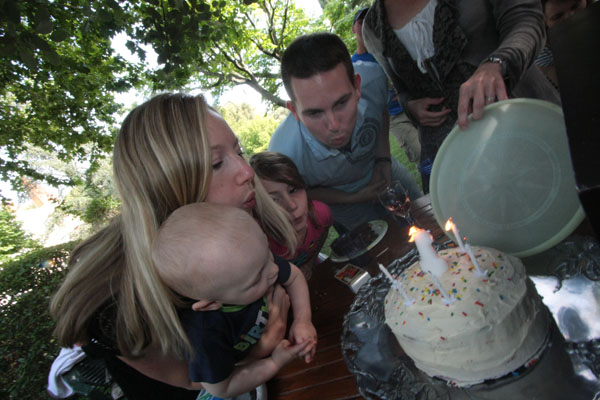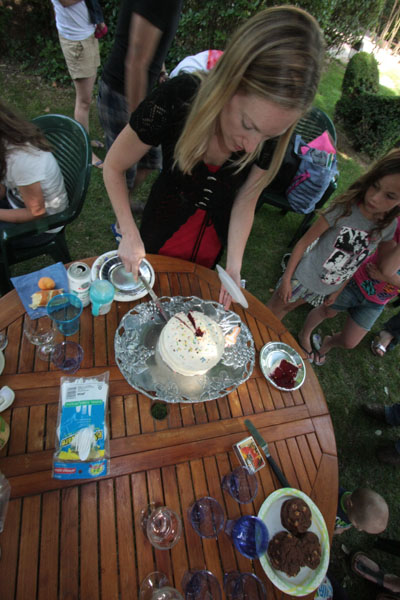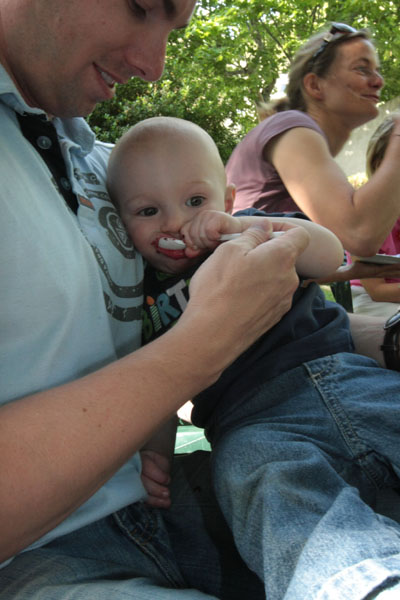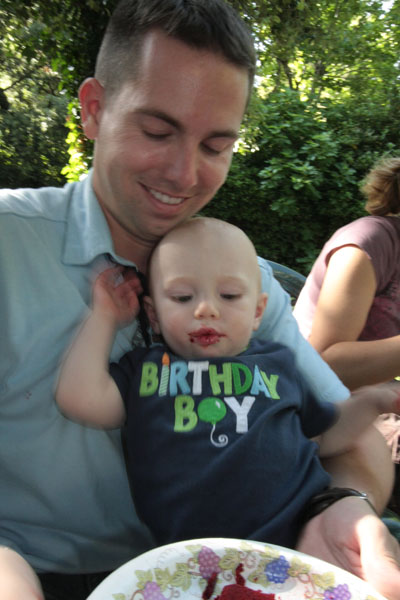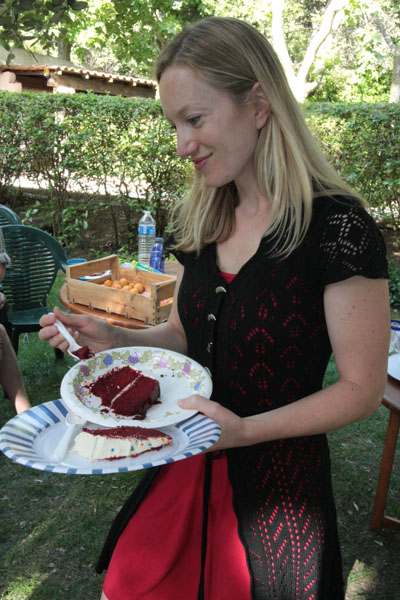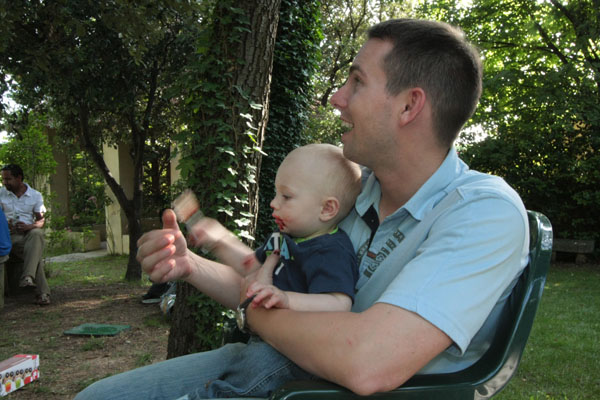Back in June (where does the time GO???), we took a short trip to another great wine region … with lots of interesting history and architecture to boot. It was of course to the iconic Tuscan region.
In fact, the trip location was somewhat inspired by a book we read: “Too Much Tuscan Sun” by Dario Castagno. Although it’s not for everyone, I found his book a humorous, easy read. Dario’s a tour guide in Chianti and ardent supporter of his section of Sienna. The book gives a mix of local history, culture and customs with Dario’s experiences with anglophone tourists. It’s the ugly American, (Brit or one of several other nationalities) as seen by an Italian. Anyway, he spoke so passionately for Chianti and the regions wine (which I already knew I liked … Thanks, Kevin), we decided to base ourselves there for a few days.
But, on the way in, we had to stop by the (in)famous tower in Pisa. Pisa also happens to be a city Dario detests. Although we loved the green square with the tower, we didn’t find much else compelling about the city either.
Here’s the ultra-touristy shot we HAD to make. Anna is so strong.
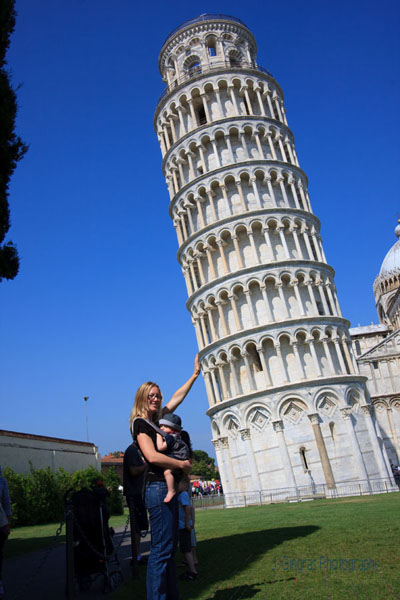
The Cathedral and Tower.

Alexander playing in the grass of the field in front of the tower. The Tower was begun in the 12th century and completed in the 14th. It looks beautiful today due to the ongoing cleaning and strengthening of the base.

He was coming to get me … or rather the camera I was holding.
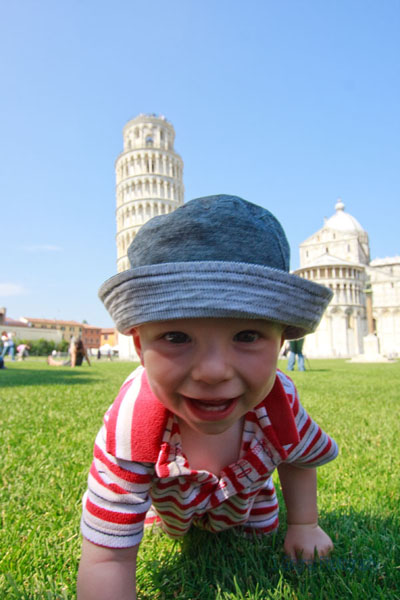
The grass lawn in front was a definite plus. We loved lounging in the shadow of such a historic monument. It felt a little like the National Mall in Washington D.C. or the Champs de Mars by the Eiffel Tower.
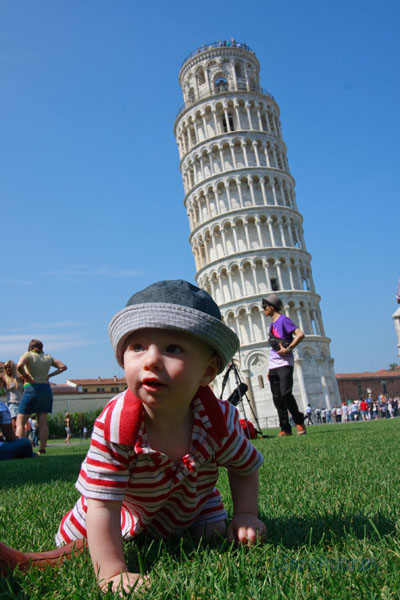
Hey, what’s all that glass for??

A rare pause in his non-stop motion.

We happened to be there on Republic Day (the birth of the Italian Republic in 1946), so there was a military display, including parachutists.
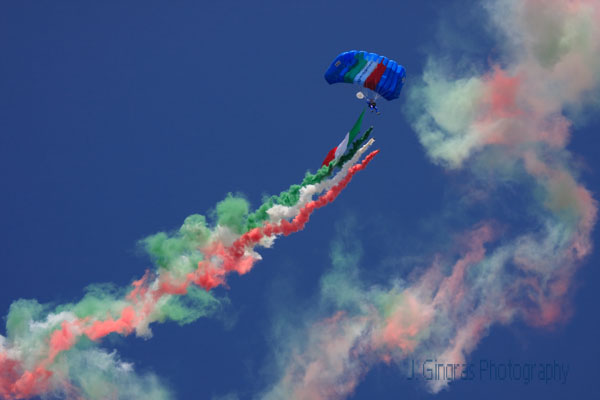
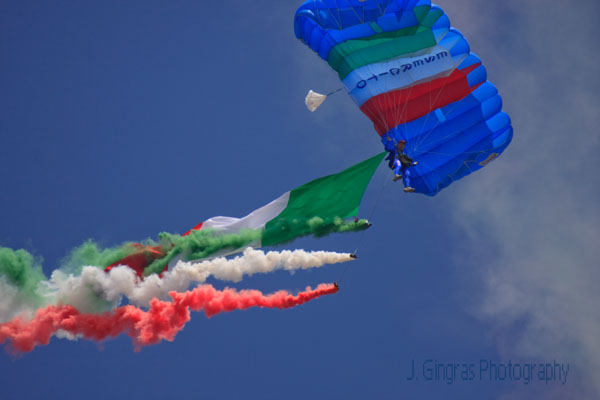
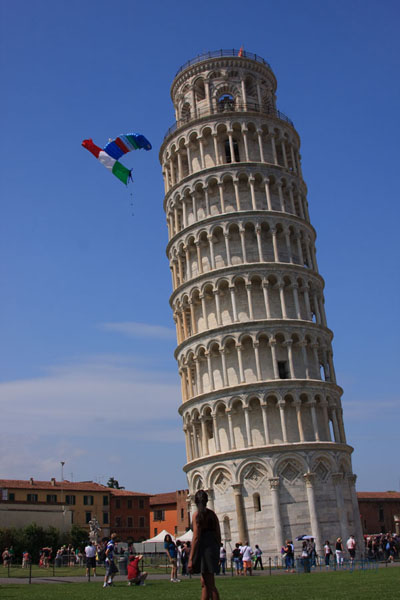
The baptistry.

Anna and a very bald looking Alexander in Chianti.
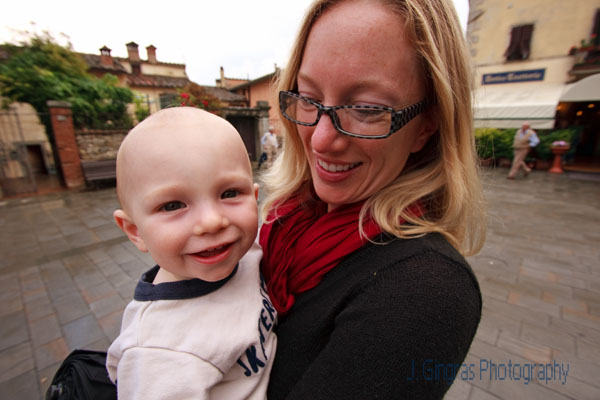
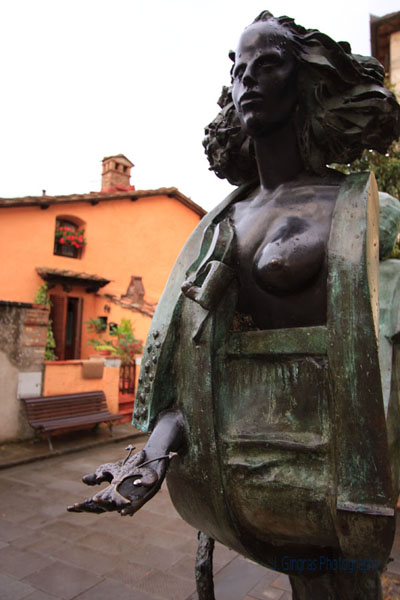
The pool of the B&B where we stayed in Tuscany.
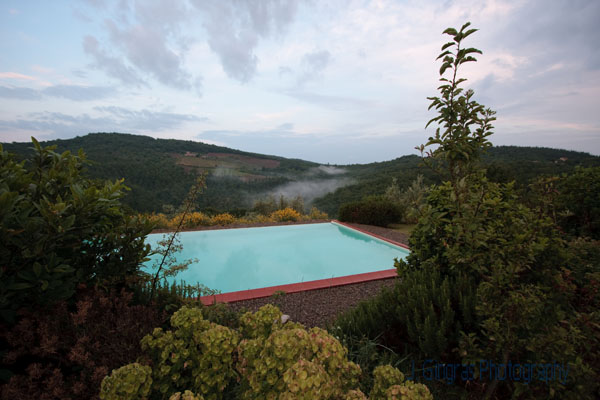
A sunset walk in the countryside.
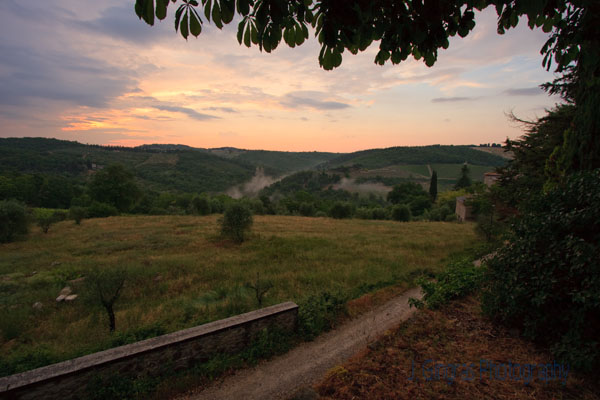
A classic Tuscan farm house that’s being turned into a luxury property.
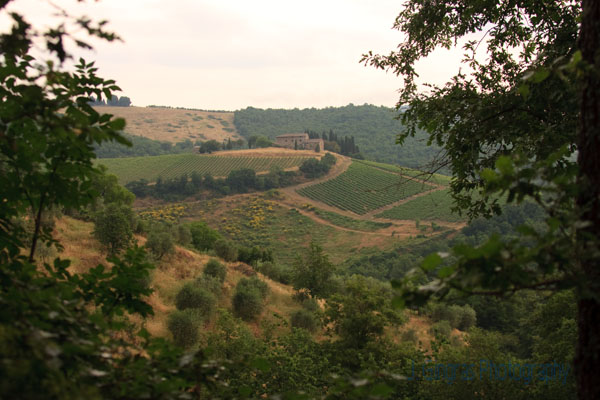


The Piazza del Campo in Siena.

It’s certainly one of the most impressive city squares we’ve visited in Europe.
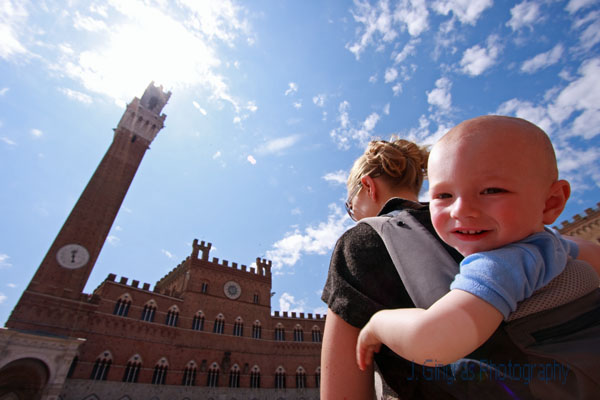

The 13th century Duomo di Siena
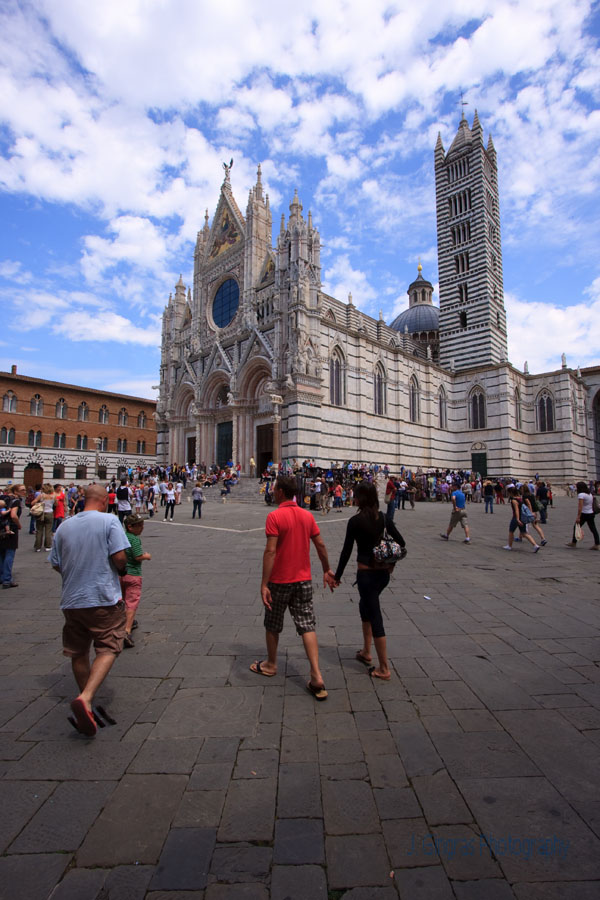
The façade of the Siena Cathedral.
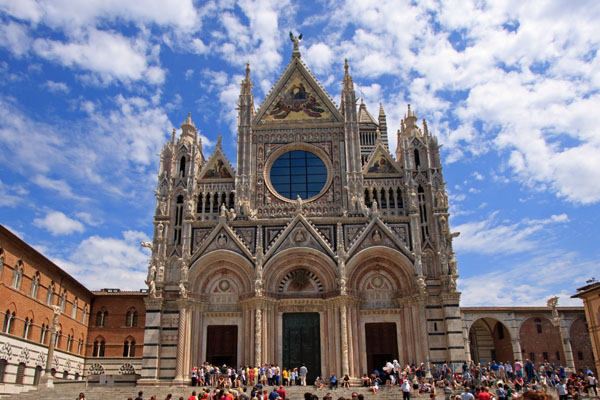
As you can see, we were not alone to see the beautiful interior.
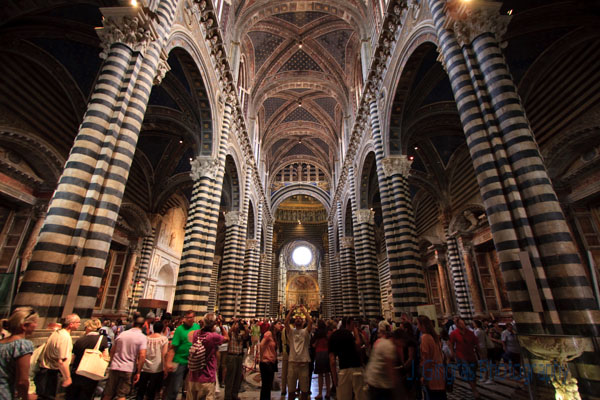
The Duomo’s dome.

A very intricately decorated library whose frescoes tell the story of one of Siena’s favorite sons, Pope Pius II.

The effect is quite overwhelming. They were painted at the end of the 15th century and early 16th century. This was done about the same time as another Italian (from Genoa) was sailing to try and find a sea passage to Asia…

A pack of Vespas.
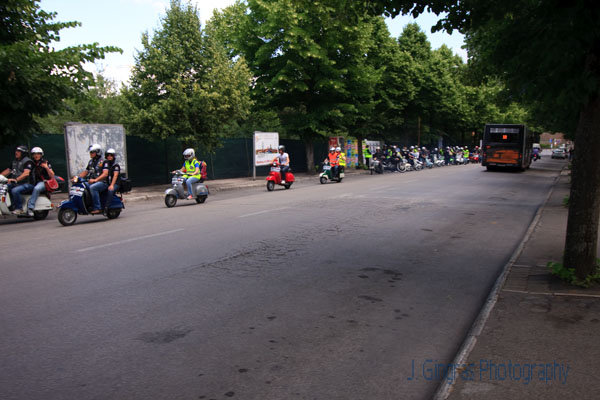
The Tuscan countryside with vines and rolling hills after a summer rain.
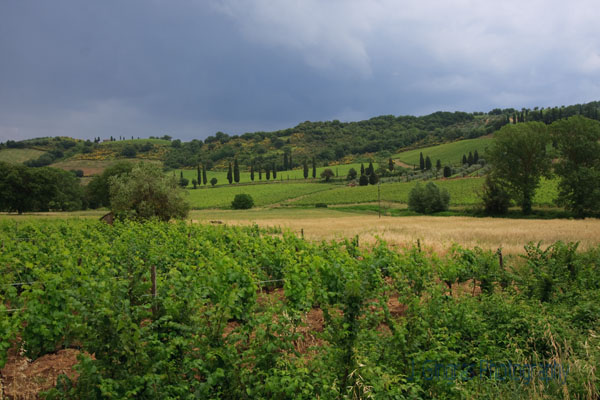
The view from my (current) favorite Italian wine town, Montalcino. It is where the Brunello di Montalcino is grown, aged and bottled. This wine is simply delicious. Although we couldn’t try wine from every producer, similar to Châteauneuf-du-Pape, we didn’t find a single one that wasn’t tasty. That may be due to the fact that the wine is required to be aged in oak barrels for 24 months and in bottle 4 months before being released. Highly recommended and worth the higher price.

More Sangiovese vines… all Brunellos are made with 100% of this varietal.

After Siena, we went north to visit the arch-rival city of Florence. Although Florence is much larger and prosperous today, it was a one-time equal of Siena. Dario’s books offer interesting commentary on the modern and historical implications of this rivalry. This is the Basilica di Santa Maria del Fiore or the Duomo di Florence, built over 140 years between 1296 and 1436.
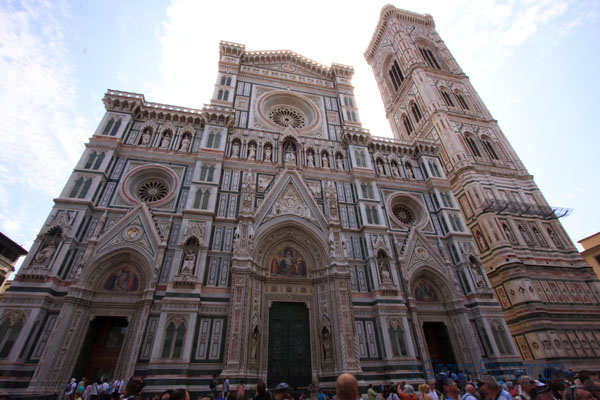
The Palazzo Vecchio, which is currently the City Hall of Florence.

The Ponte Vecchio, or Old Bridge. Looks like a great place to have a table, don’t you agree?

A view of the Arno River from the Ponte Vecchio.
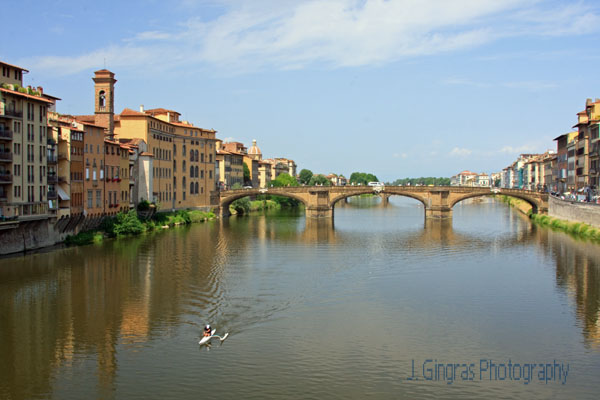
Another view of the Ponte Vecchio. After having been destroyed a couple times, it was rebuilt in 1345. There have always been merchants selling their wares on the bridge. During the 16th century, in order to pass above the fray, Cosimo I de’Medici had architect Vasari build a corridorto cross over unencumbered by the throngs below. Cosimo I de’Medici was also the creator of the office building Uffizi, which is today one of the best art museums in the world.
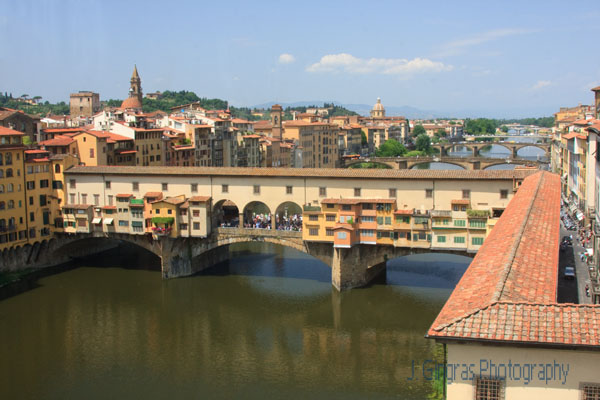
The Duomo Dome from the roof of the Uffizi.
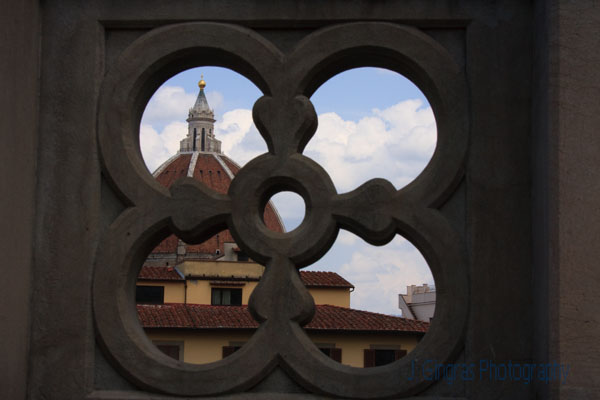
City Hall’s bell tower.

No, this is not multiple images stitched together. There are really three roads this close.

David stands in front of the Palazzo Vecchio. When Michelangelo sculpted David, he stood here from 1504 until 1873. This is an exact replica that was erected in 1910. The original David is in the Galleria dell’Accademia. He is much bigger in person … standing over 5 meters tall. Note that the giant killer’s right is exceptionally large … presumably a trait to better sling the stone.
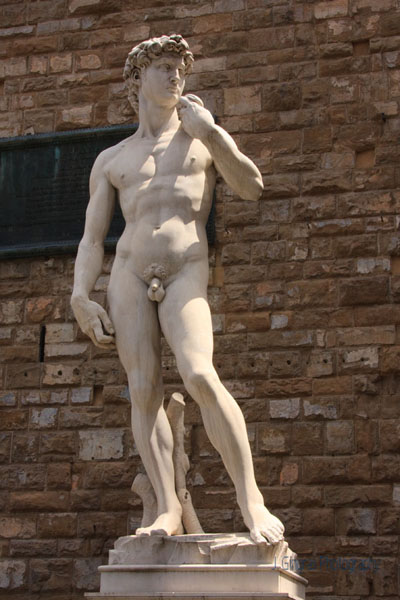
That concludes our little trip to Tuscany. Lots of art, history, beautiful countryside and of course, delicious wine.
Until the next adventure … hopefully coming very soon.
–Jim

